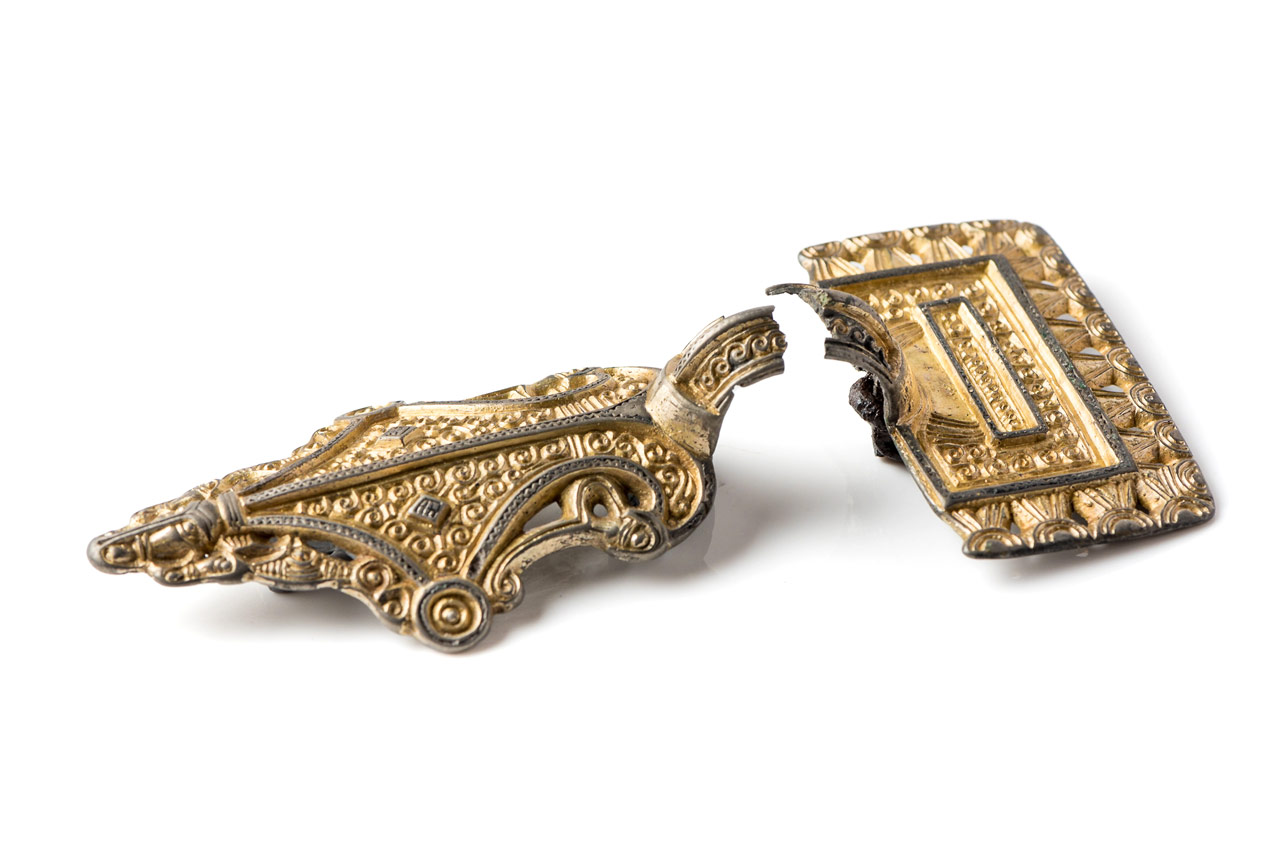We will study one of the more prominent Olandic ancient remains, the ringforts. We will study the people and the societies utilizing the ringforts, and put them into their Scandinavian and European context. What was the economy enabling their construction? Why were they abandoned? Why were some re-utilized? Were the people who built them local to Oland? Was it the local people who re-utilized them? What economic conditions enabled re-utilization of them? Were conflicts the reason for abandonment? Were the conflicts internal or external?
We will provide information on how societies, during major climatic events and pandemics, have coped with conflicts and crises and how this has changed the societies in terms of economy, cultural expressions and religious beliefs. With high-resolution dates on the ringfort’s different utilization phases will we clarify their societal role, and see if crises are driving or retarding forces of societal development.
With leading expertise, up-to-date knowledge of the field, state-of-the-art methods we have a unique opportunity to study processes leading to societal crises and societal responses, caused by external factors; climate change, contagious diseases, and warfare — conditions not very different from the situation that many countries in the world face today in times of a warming climate, covid-19 and worldwide conflicts.

Fibula from Sandby Borg
THEMES
The Three C's
Purpose and aims
Although there has been a focus on the effects of climate change on prehistoric populations in archaeology during the last decade, there are few studies if any, that have provided a high enough resolution in time and space to discuss its societal effects (Degroot et al. 2021). The main purpose of the Crisis, conflict and climate programme is to investigate a well-known period of climate change, conflict and crisis in Scandinavia, 300-700 CE. With the proposed programme, there will, for the first time, be a coherent investigation of demographics, diseases, climate and environment, politics and social change in a very well-defined geographical area in northern Europe, the island of Oland. We will study one of the more prominent features of the Olandic societies at that time, the ringforts, as a case study. We will provide high-resolution dates on their different occupation phases and clarify their societal role. We will then study the people and the societies that utilized the ringforts, and put the ringforts into an international setting, addressing the following questions: What was the economy enabling the building of forts and stone-wall-houses? Why were the forts and the stone-wall-houses abandoned? And why were some of the forts re-utilized? Were the people who built the forts and the stone-wall-houses local to Oland? Was it local people who eventually re-utilized them? What economic and social conditions enabled re-utilization of the forts? Were conflicts or other types of crises the reason for abandonment? Were any conflicts internal or external?
By answering these questions, we will be able to provide information on how societies, in connection to major
climatic events and pandemics, have dealt with conflicts and crises and how this in turn might have changed their social cohesion expressed in economy, material culture and religious beliefs. In this programme, we will study if crises — caused by pandemics, war, natural disasters or climate change — are driving or retarding forces of societaldevelopment.
This programme brings together the leading expertise, profiting from the most up-to-date knowledge of the field, employing state-of-the-art methods and benefitting from modern public outreach channels. It represents a unique opportunity to study processes leading to societal crises and societal responses to these crises, caused by a number ofexternal factors, such as climate change, contagious disease, and warfare — conditions not very different from the situation that many countries in the world face today in times of a warming climate, covid-19 and worldwide conflicts.

Skills and qualifications
The programme brings together some of the leading archaeologists working in Sweden, who all have conducted research on fortifications and/or on ringforts or Iron Age Oland. All of them publish frequently in high-ranking peer-reviewed journals. All researchers in the programme also, individually, hold at least three specialist competences.
Management Group
- Kerstin Lidén (Professor, Stockholm University)
- Gunilla Eriksson (Docent, Stockholm University)
- Helena Victor (Doctor, Kalmar Läns Museum)
- Ludvig Papmehl-Dufay (Docent, Linnéuniversitetet)
- Sven Isaksson (Professor, Stockholm University)
- Sven Kalmring (Docent, Statens Historiska Museum)
Advisory board.
- Prof. Anders Andrén (Dept. of Archaeology and Classical Studies, Stockholm University)
- Dr Anna Bitner-Wróblewska (State Archaeological Museum, Warsaw)
- Dr Manuel Fernandez-Götz (School of History, Classics and Archaeology, University of Edinburgh)
- Professor John Blair (Faculty of History, Oxford University)
- Prof. Felix Riede (School of Culture and Society, Aarhus University)
- Christina Seehusen (Museum Nordsjælland)
- Dr Xenia Pauli Jensen (Moesgaard Museum/Aarhus University)
Researchers
- Research leader Professor Kerstin Lidén
- Aikaterini Glykou (Programme secretary)
- Anders Götherström (DNA analysis)
- Andreas Viberg (Geophysical and geochemical methods)
- Docent Anna Kjellström (Osteology)
- Dr Clara Alfsdotter (Osteology)
- Docent Gunilla Eriksson (Isotopeanalyse and archaeology)
- Dr Helena Victor (Archaeology)
- Docent Jan-Henrik Fallgren (Archaeology)
- Professor Laszlo Bartosiewicz (Archaeozoologist)
- Docent Lena Holmquist (Archaeology and conservator)
- Docent Ludvig Papmehl-Dufay (Archaeology)
- Docent Matti Leino (Archaeobotanist)
- Professor Sven Isaksson (Archaeochemistry and archaeology)
- Docent Sven Kalmring (Archaeology)
PhD students
- Aurore Hars (Isotope analysis)
- Ellinor Hedberg (Geophysical and geochemical methods)
- Siri Pettersson Bergman (Archaeobotanist)
Research Questions
Overall research questions
How did the Olandic societies deal with conflicts and crises, during major climatic events and pandemics?
Were the crises driving or retarding forces of societal development on Oland c. 300-700 CE?
To what extent is it possible to generalise our results from Oland and apply to an international setting, to further our understanding of a society’s resilience to crises?
Questions regarding the function of the ringforts
Were the ringforts used contemporaneously?
What were they used for?
Who used/inhabited the ringforts?
Questions regarding the crisis situation on Oland
When and why were the ringforts abandoned?
Which ringforts were re-utilized and why?
What do they represent in an international context?
